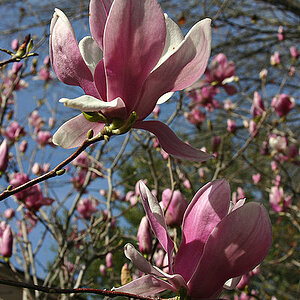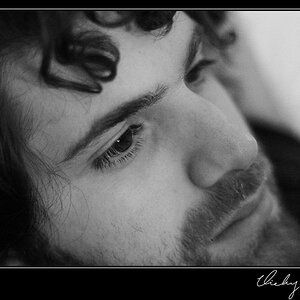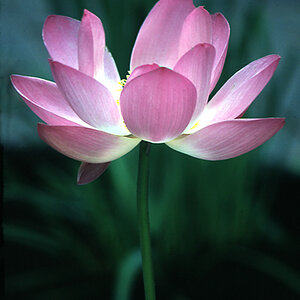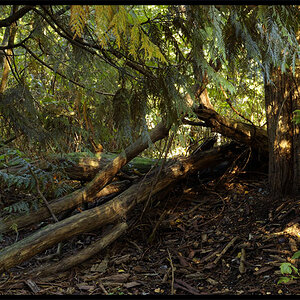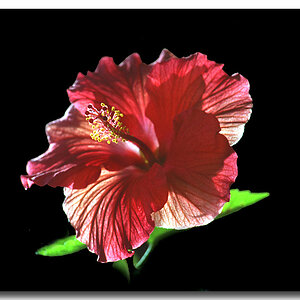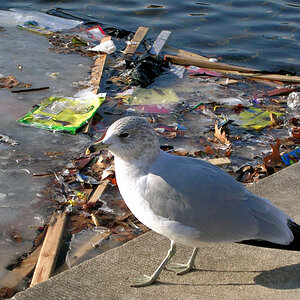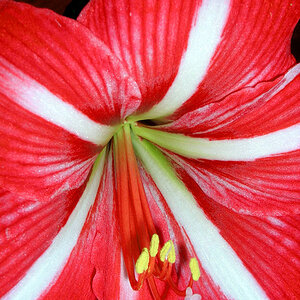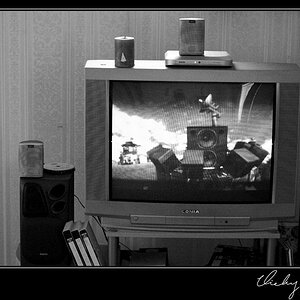hercry1441
TPF Noob!
- Joined
- Apr 13, 2008
- Messages
- 67
- Reaction score
- 0
- Can others edit my Photos
- Photos OK to edit
Here are a couple pictures from Cornell University this summer.
Criticism would be much appreciated! Thanks for looking
1. The dorm room where I stayed

2. One of the buildings I had class in, Goldwin Smith Hall

3.

4.

5. I passed this every day on the way to class!

6. The result of 5:30 AM barefoot wanderings after pulling an all-nighter to finish my paper...

7. Also at 5:30 AM
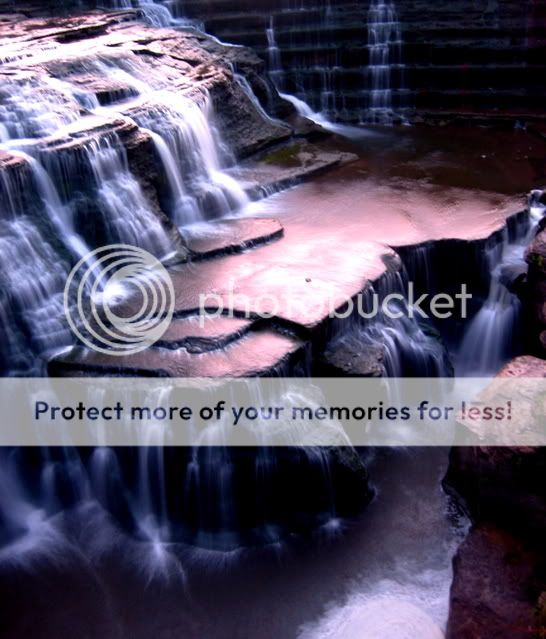
8. This one a little later, maybe 6 lol

Criticism would be much appreciated! Thanks for looking
1. The dorm room where I stayed

2. One of the buildings I had class in, Goldwin Smith Hall

3.

4.

5. I passed this every day on the way to class!

6. The result of 5:30 AM barefoot wanderings after pulling an all-nighter to finish my paper...

7. Also at 5:30 AM

8. This one a little later, maybe 6 lol



